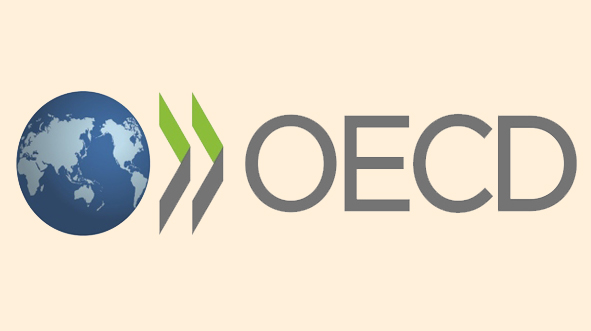OECD Report Recommends a Revamp of Bangladesh’s Economic Model

A recent analysis presented in the OECD Development Pathways highlights the Production Transformation Policy Review of Bangladesh report underscores the necessity for Bangladesh to reevaluate its economic strategy in order to cultivate a more robust and diversified economy. This recommendation comes at a time when Bangladesh has exhibited remarkable adaptability, evolving from an agrarian society into a thriving manufacturing powerhouse since gaining independence in 1971.
With an impressive annual GDP growth rate of 6 % since the 2000s, Bangladesh has demonstrated resilience, even in the face of the COVID-19 pandemic. A substantial transformation has occurred, with manufacturing now contributing 22 % to the GDP, a significant increase from the 9 % observed in the 1970s. At the core of this transformation is the ready-made garment (RMG) sector, responsible for 57 % of domestic manufacturing value and employing 72 % of the workforce, predominantly women.
The RMG sector, which accounts for 84 % of the nation’s exports, has propelled Bangladesh to become the world’s second-largest RMG exporter. However, this sector heavily relies on raw materials imported from Asia and primarily exports its products to prestigious brands in Europe and North America. Despite its success, the report highlights a pressing need for diversification beyond the current focus on just twenty RMG products.
The report also sheds light on an underexplored arena of innovation in Bangladesh, with only 1.2 % of firms allocating budgets for research and development (R&D). The country lags behind with only 2.6 % of firms adopting foreign technology licenses. The OECD recommends a more substantial embrace of Foreign Direct Investment (FDI), currently standing at a mere 0.7 % of GDP, in stark contrast to Vietnam’s 6 %.
As Bangladesh strives to graduate from Least Developed Country (LDC) status in 2026, it faces a multitude of internal and external challenges, including over-reliance on a single export sector and vulnerability to natural disasters. The impending LDC graduation underscores the need for strategic policy adjustments and robust international partnerships, particularly in bolstering regional integration.
To establish a sustainable future, Bangladesh is encouraged to shift from an economic model rooted in price competitiveness to one driven by quality and innovation. This entails modernizing policy tools to encourage learning and risk-taking while nurturing new business avenues.
With aspirations to achieve high-income status by 2041, leveraging its strategic geographical location and a youthful workforce, the report underscores that realizing this ambition hinges on comprehensive reforms, a harmonious collaboration between the government, private sector, and international allies, and an unwavering commitment to transparency and accountability.





Comment here